A perfect day in Peacham Vermont.
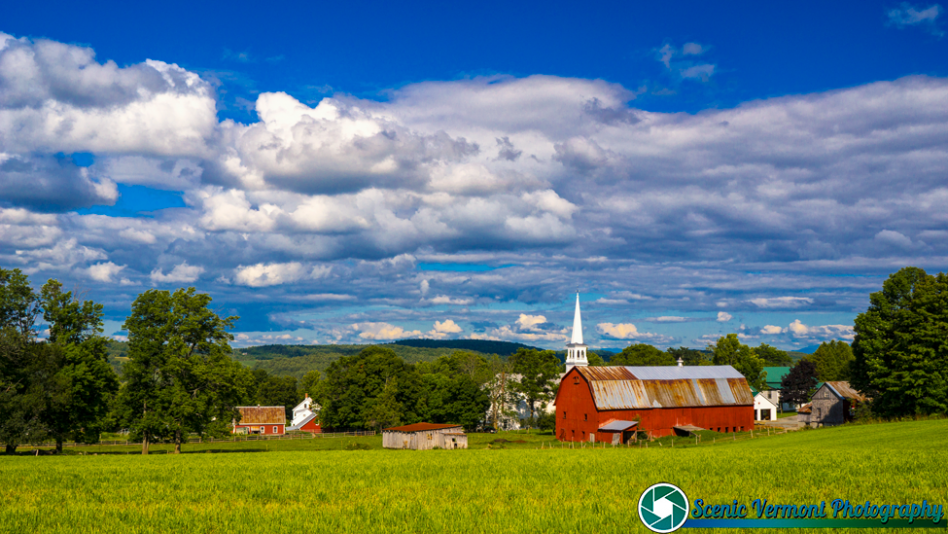
A perfect day in Peacham Vermont. Read More »
Scenic Vermont Photography/ Vermont Photography. Scenic landscape photography of Vermont.
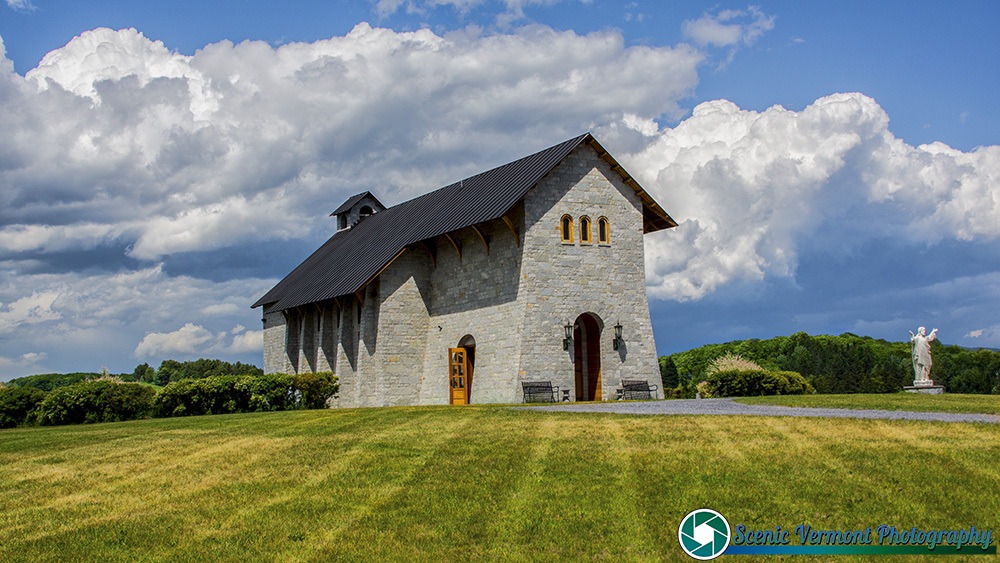
The Chapel of the Holy Family, located in Lyndonville, Vermont, is a place of renewal, rest, and refuge. Set upon a knoll at the edge of a beautiful wooded area, this chapel offers those seeking peace and spiritual growth a sanctuary of grace and beauty. With sweeping views of the countryside in every direction, one has the sense they have entered upon the edges of heaven!
The Chapel of the Holy Family in Lyndonville Vermont Read More »
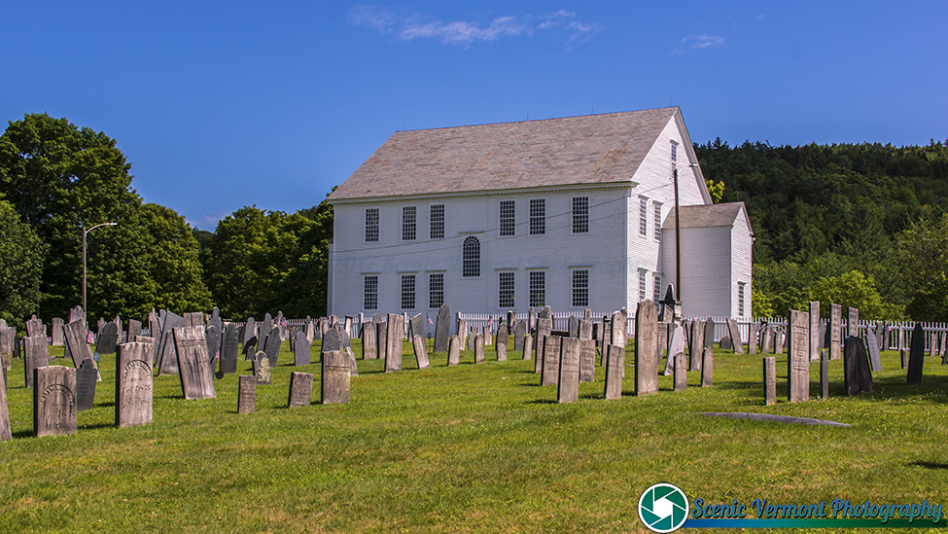
The Rockingham Meeting House, also known as Old North Meeting House and First Church in Rockingham, is a historic civic and religious building on Meeting House Road in Rockingham, Vermont, United States.
The Rockingham Meeting House in Rockingham Read More »
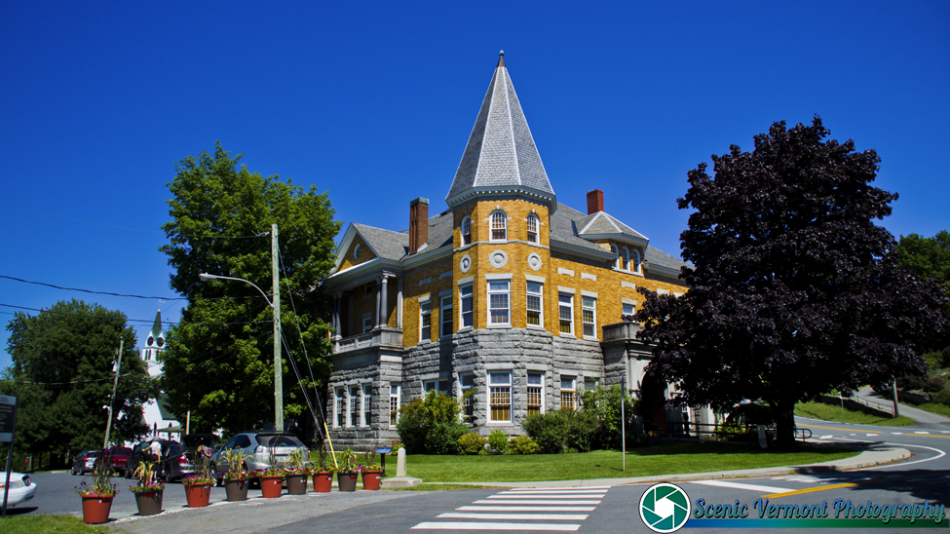
The library collection and the opera stage are located in Stanstead, but the main entrance and most opera seats are located in Derby Line. Because of this, the Haskell is sometimes called “the only library in the U.S.A. with no books” and “the only opera house in the U.S.A. with no stage”. There is no entrance from Canada, however there is an emergency exit on the Canadian side of the building. All patrons and visitors must use the US entrance to access the building. Patrons from Canada are permitted to enter the US door without needing to report to customs, providing they return to Canada immediately upon leaving the building.
Haskell Free Library and Opera House in Derby Line. Read More »
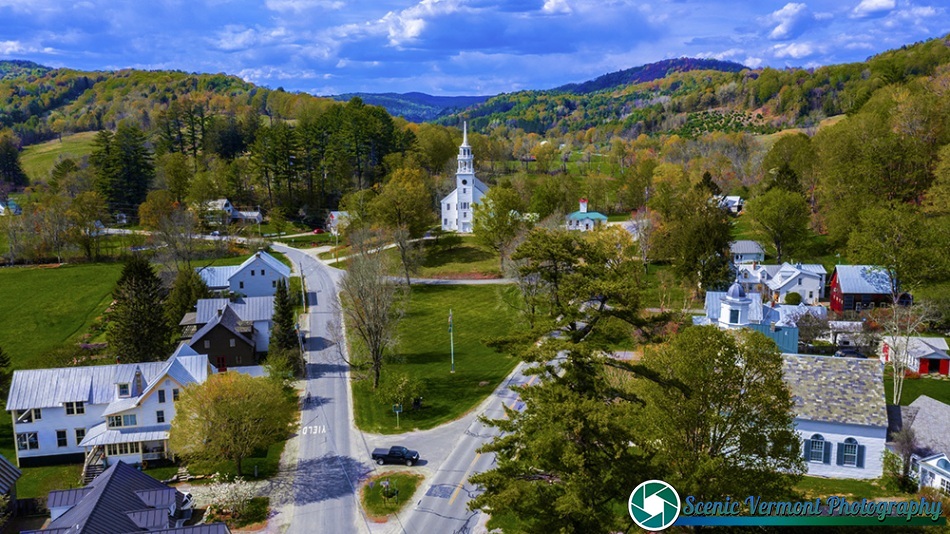
The town of Strafford was created on August 12, 1761 by way of a royal charter which King George III of Great Britain issued to Governor Benning Wentworth of New Hampshire. The town was named after the Earl of Strafford.[3] Its town house is one of the most famous in Vermont, sitting atop a hill in the historic town square.
The Strafford Village Historic District encompasses the historic village center of Strafford, Vermont, United States. Founded in 1768, the village center was developed in the 1790s, and saw most of its growth before 1840, resulting in a fine assortment of predominantly Greek Revival buildings. Notable exceptions include the 1799 meetinghouse, and the Justin Smith Morrill Homestead, a fine example of Gothic Revival architecture built by native son Justin Smith Morrill. The district, centered on the town green at the junction of Morrill Highway and Brook Road, was listed on the National Register of Historic Places in 1974.
Spring above Strafford Vermont Read More »
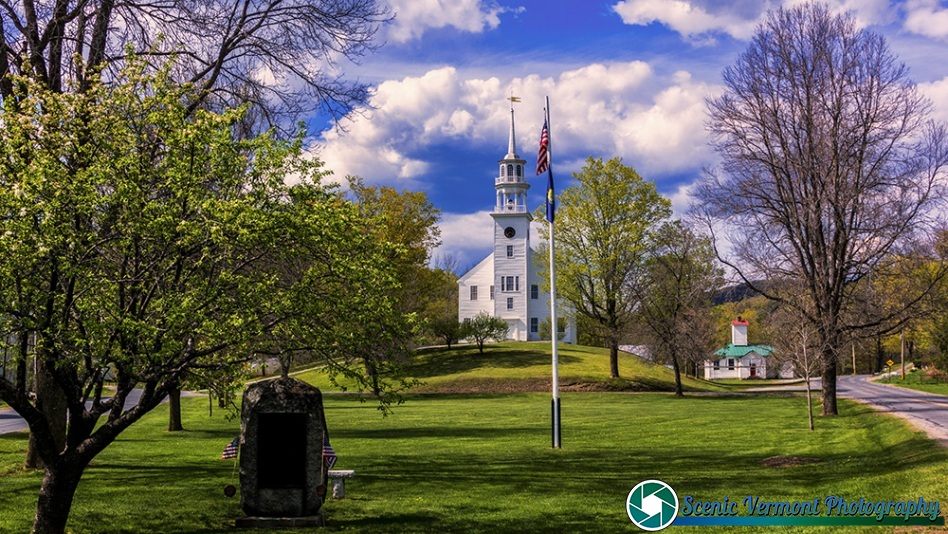
The town of Strafford was created on August 12, 1761 by way of a royal charter which King George III of Great Britain issued to Governor Benning Wentworth of New Hampshire. The town was named after the Earl of Strafford.[3] Its town house is one of the most famous in Vermont, sitting atop a hill in the historic town square.
The Strafford Village Historic District encompasses the historic village center of Strafford, Vermont, United States. Founded in 1768, the village center was developed in the 1790s, and saw most of its growth before 1840, resulting in a fine assortment of predominantly Greek Revival buildings. Notable exceptions include the 1799 meetinghouse, and the Justin Smith Morrill Homestead, a fine example of Gothic Revival architecture built by native son Justin Smith Morrill. The district, centered on the town green at the junction of Morrill Highway and Brook Road, was listed on the National Register of Historic Places in 1974.
A warm spring day in Strafford Vermont Read More »
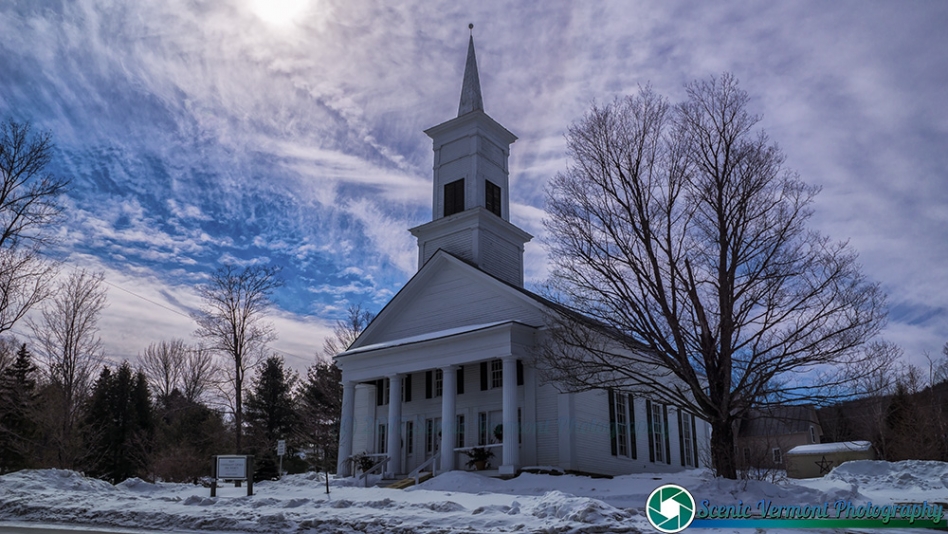
The First Universalist Church and Society of Barnard was established in 1802 and led by Rev. Hosea Ballou. The present church was constructed in 1844 and dedicated on June 25th, 1845, when the service was ministered by Rev Hosea Ballou who was then 74 years of age. Hosea Ballou was the founder of the Unitarian Movement and delivered sermons in neighboring towns traveling by horse and buggy.
First Universalist Church and Society of Barnard Vermont Read More »
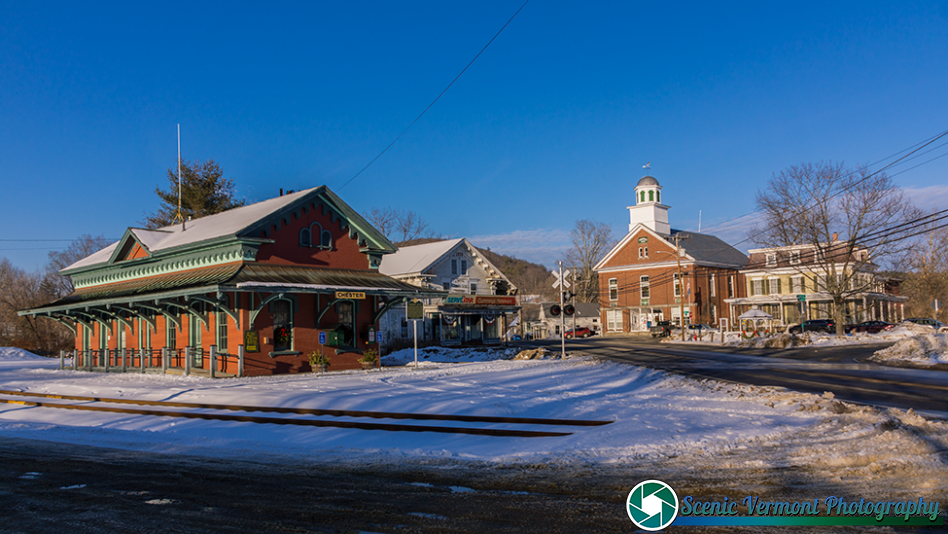
Not a damn thing was going on.
Meanwhile in Chester Vermont. Read More »
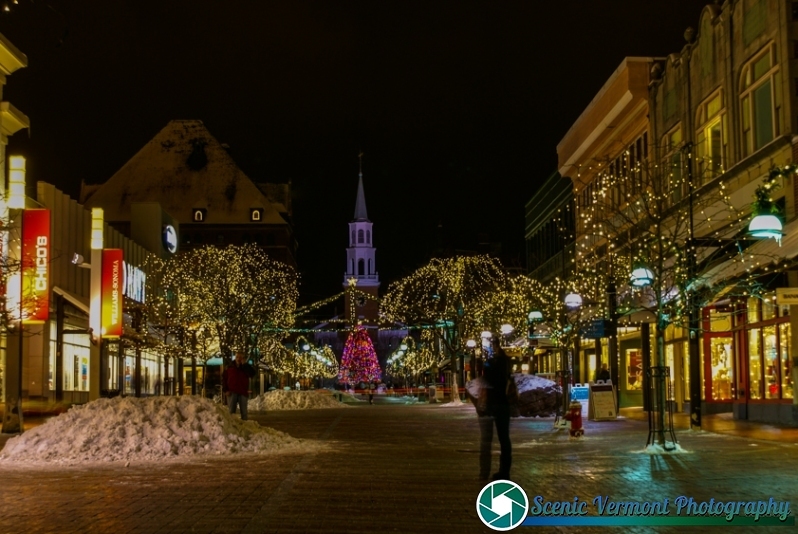
This picture is from the archives!.
Christmas time on Church Street in Burlington Vermont. Read More »